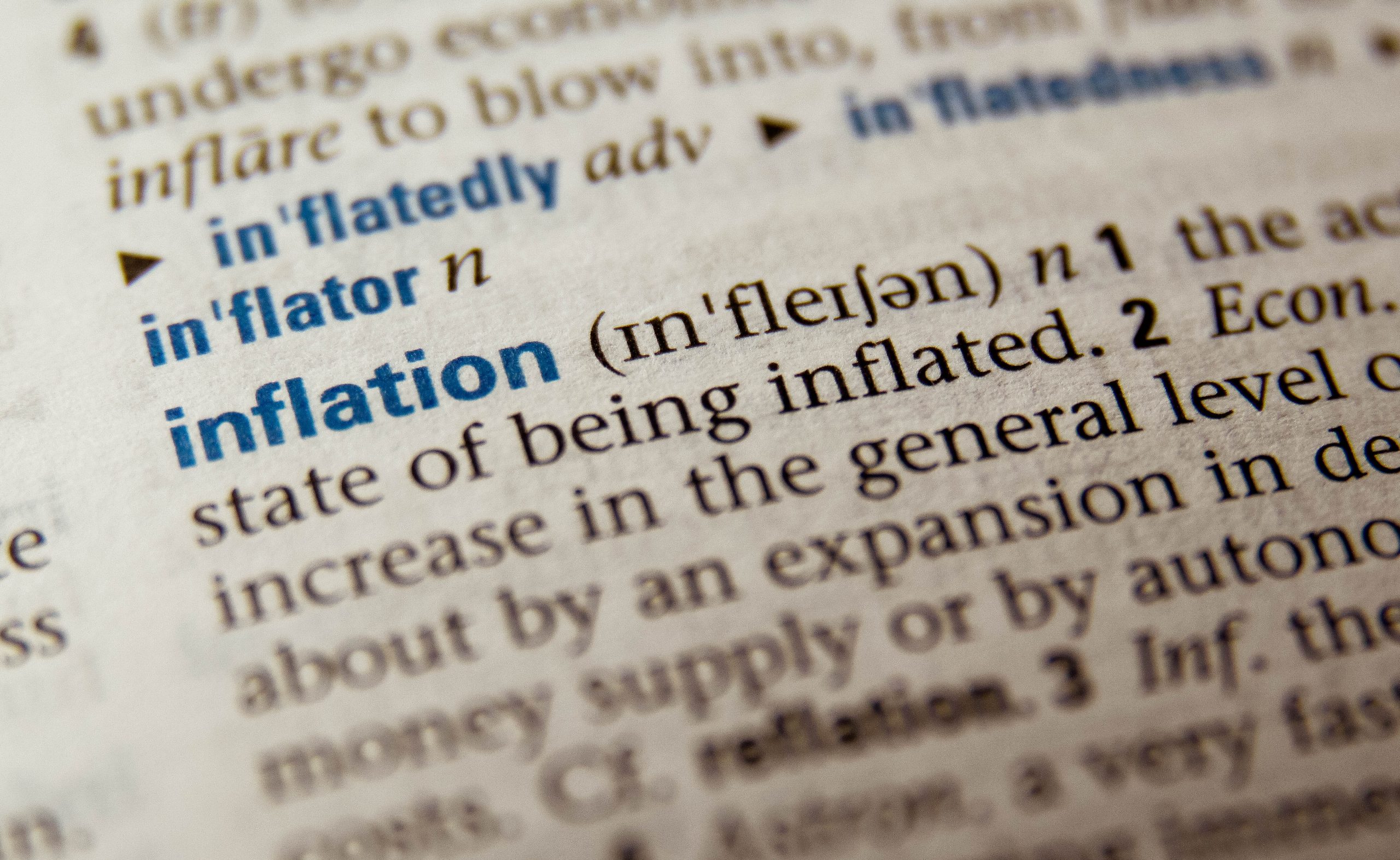A pressing need to avoid “entrenched inflation” has been stressed by the head of the Reserve Bank as a major reason for the repeated interest rate hikes that have driven up the home loan costs of everyday Australians. But what is entrenched inflation, really, and why is it so bad?
Announcing its tenth official interest rate rise in less than a year, the Reserve Bank of Australia recently cited the need to avoid “entrenched inflation”.[1]
Australian home loan holders and would-be homeowners could be forgiven for feeling dazed and confused by all the rate rises.
So, what is entrenched inflation, and why is it so bad that it’s worth driving up the home loan costs of everyday Australians to reduce it?
From “transitory” to “entrenched”
To work out how we came to have the highest official interest rates in more than a decade, we need to look at the changes in the words the central bank uses to signal to the market where interest rates are going and why.
In late 2021, when price growth was first starting to ignite after being subdued for several years, RBA Australia Governor Philip Lowe[2] said inflation was expected to be “transitory” –because it was caused by unique factors related to the pandemic.
When households were locked down, they had difficulty spending on many household services and switched their spending to goods such as home entertainment, gym, and office equipment. Supply couldn’t keep up with the surge in demand, resulting in a sharp increase in shipping costs and large rises in the prices of many products.
The central bank expected inflation would come down over time as conditions normalised and lingering supply disruptions were resolved.
But by May 2022, it was a different story. The RBA had begun lifting its cash rate, blaming a faster and bigger-than-expected pickup in inflation as businesses passed on costs to customers and wages began to pick up after a long hiatus.[3]
Inflation was compounded by the war in Ukraine and government spending.
It was the first of a series of rapid-fire rate moves that have left borrowers facing a 50 per cent increase in home loan repayments.[4]
The trouble with entrenched inflation
The RBA said in March it believes the number one near-term economic challenge facing Australia is to make sure that the current episode of high inflation is only temporary. [5]
High inflation is damaging to the economy and undermines living standards. It erodes the value of savings, puts pressure on household budgets, and hurts people on low incomes the most.
If inflation were entrenched, it would mean that the rate of prices would not slow and the price growth we are seeing in the economy would persist for a long period and risk becoming permanent.
The RBA warned that if inflation becomes ingrained in expectations, it requires higher interest rates and a large increase in unemployment to get it back down again.
In both the US and Australia, when high inflation became entrenched in the 1970s and the 1980s, the unemployment rate ultimately ended up rising significantly to get inflation back down.
Inflation may have peaked
The good news is the official rate rises delivered by the RBA, as painful as they may have been, may be having the desired impact on inflation.
In the December quarter, inflation reached 7.8 per cent. This is the highest rate in more than three decades.
However global pressure on inflation may be easing. Inflation has peaked in most economies and is now coming down due to the resolution of supply side problems, softer demand for goods and a decline in some commodity prices.
In Australia, the monthly Consumer Price Index indicator for January supported to the idea that headline inflation has also peaked in Australia.
The RBA said more rate rises will be needed over the period ahead to ensure that inflation is under control. So, home loan holders are not out of the woods yet, but hopefully most of the pain of rate rises is behind us.
[1] https://www.rba.gov.au/media-releases/2023/mr-23-07.html
[2] https://www.rba.gov.au/speeches/2021/sp-gov-2021-08-06.html
[3] https://www.rba.gov.au/media-releases/2022/mr-22-12.html
[4] https://www.smh.com.au/property/news/we-try-to-be-pretty-frugal-what-households-are-cutting-as-rates-rise-20230304-p5cpds.html
[5] https://www.rba.gov.au/speeches/2023/sp-gov-2023-03-08.html

